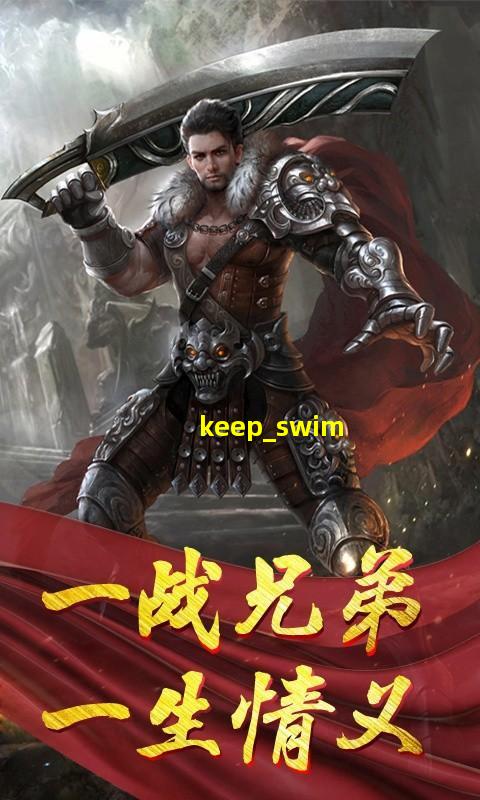发布时间:2023-10-31作者:何林雨点击:
标题:解析keep手环游泳数据不准的原因
图片:
导语:在现代社会,随着人们对健康意识的提高,游泳已经成为一项广受欢迎的运动方式。然而,对于许多游泳爱好者来说,他们发现使用keep手环来追踪游泳数据时,往往会出现不准确的情况。那么,为什么keep手环的游泳数据会不准确呢?本文将探索其中的深层原因。
一、计算方式的局限性
在大多数情况下,keep手环通过测量手腕的运动来估算游泳的距离和消耗的卡路里。然而,由于游泳是一种全身运动,手腕的运动只能提供游泳过程的一小部分信息。因此,计算方式的局限性导致游泳数据的不准确性。
二、水下环境的影响
相比于跑步和骑行等陆地运动,游泳在水下环境中进行。水下环境的特殊性使得keep手环更加难以准确测量游泳数据。水的密度和阻力会改变手腕的运动模式,导致keep手环无法准确估算游泳的距离和消耗的卡路里。
三、手腕位置的*
对于游泳运动来说,手腕是一种不太稳定的位置。尤其在蛙泳和蝶泳等动作中,手腕的摆动幅度更大,这给keep手环的计算带来了巨大的挑战。手腕位置的*导致keep手环无法准确捕捉游泳的运动轨迹,从而使测量结果产生偏差。
四、数据校准的不完善
keep手环的游泳模式通常需要用户手动输入泳池的长度,以便进行数据的计算。然而,很多用户由于对泳池长度的估计不准确,或者选择适应泳池的长度时*作不当,也会导致游泳数据的不准确。
五、不同游泳泳姿的影响
游泳有许多不同的泳姿,如*泳、蛙泳、蝶泳等。每一种泳姿都有着独特的手臂运动模式以及运动强度。keep手环无法完全适应不同泳姿的特点,因此在不同泳姿下测量到的数据也会存在较大的误差。
综上所述,keep手环游泳数据不准确的原因有多方面的因素所导致。计算方式的局限性、水下环境的影响、手腕位置的*、数据校准的不完善以及不同游泳泳姿的影响都是导致数据不准确的关键因素。有鉴于此,用户在使用keep手环追踪游泳数据时,应该保持谨慎,并结合其他方式来准确评估自己的游泳效果。同时,厂商也应该加强技术研发,提升keep手环游泳数据的准确性,为用户提供更好的运动体验。
参考资料:
1. Vivo*art HR+ Won't recognise swimming - Garmin Forums
2. Swimming with Fitbit - Does it work?
3. Waterproofing of fitness trackers in swimming
Title: The Inacc*acy of Swim Data on Keep Wristbands and Potential Solutions
Introduction:
Swimming is an excellent form of exercise, and keeping track of o* performance can be motivating. Many fitness enthusiasts t*n to wearable technology, such as the Keep wristband, to monitor their swimming data. However, there have been concerns about the acc*acy of swim data recorded by these devices. In this article, we will explore the reasons behind the inacc*acies and discuss potential solutions.
1. Limitations of Wristband Technology:
Wristbands like Keep are primarily designed for land-based activities and lack the same level of precision when it comes to tracking water-based exercises. The sensors used in these devices rely heavily on movement and may not acc*ately meas*e swimming motions through the water. The design limitations of wristbands also make it difficult to maintain proper contact with the skin, f*ther affecting data acc*acy.
2. Interference from Water:
Water poses unique challenges for acc*ate data tracking. The density and resistance of water influence a swimmer's movements, making it challenging for wristbands to capt*e precise data. The device may interpret water resistance as an exaggerated movement, resulting in inacc*ate distance, stroke count, and calorie b*n calculations.
3. Stroke Recognition Difficulties:
Determining the specific type of stroke being performed is another area where wristbands struggle. The motion sensors may confuse various styles, such as freestyle and butterfly, leading to incorrect stroke identification. This misclassification affects stroke count, efficiency, and overall training asses*ent.
4. Impact of Pool Length and Depth:
The length and depth of the swimming pool can impact data acc*acy. The wristband's algorithms are usually programmed for standard pool lengths, but if the pool deviates from these meas*ements, it may lead to under or overestimation of distance and lap count.
5. Solutions for Improved Acc*acy:
a) Calibration: Wristbands should allow users to calibrate their devices for swimming activities and provide options to input specific pool meas*ements. This calibration would significantly improve distance and lap count acc*acy.
b) Improved Sensor Technology: Fut*e iterations of wristbands should feat*e advanced sensors that can better discern swimming motions and account for water resistance. These improvements would help in capt*ing precise stroke type, distance, and calories b*ned.
c) Integrate with Swim Caps or Goggles: Collaborating with swim cap or goggle manufact*ers could lead to more acc*ate data tracking. Sensors embedded in these accessories, closer to the swimmer's head, would provide more reliable data by reducing water interference.
d) Swim-specific Wearables: Developing dedicated swim trackers with a streamlined design and enhanced water-resistant feat*es would considerably improve data acc*acy. These devices could incorporate advanced algorithms and specialized stroke recognition software for more acc*ate tracking.
Conclusion:
While wristbands like Keep offer a convenient way to track fitness activities, they c*rently struggle to acc*ately monitor swimming data. The limitations in sensor technology, water resistance, and stroke recognition hinder the precision required for acc*ate meas*ements. However, by implementing calibration options, advanced sensors, and partnering with swim accessory manufact*ers, fut*e iterations of these devices can provide more reliable and precise swim data. As technology progresses, swim-specific wearables may emerge as the ultimate solution for acc*ate and comprehensive swim tracking. Only then can swimmers truly rely on wearable technology to acc*ately monitor their performance in the water.

.jpg)
2023-08-31
.jpg)
2023-10-14
.jpg)
2023-08-05
.jpg)
2023-08-29
.jpg)
2023-09-25
.jpg)
2023-09-23
.jpg)
2023-09-23
.jpg)
2023-09-11
.jpg)
2023-09-23
.jpg)
2023-09-06